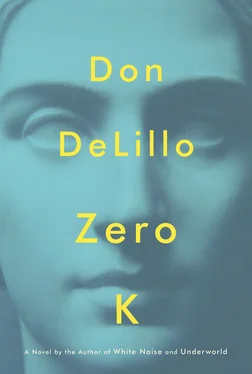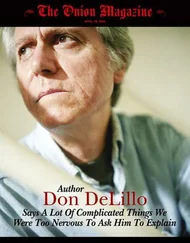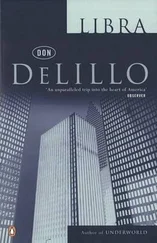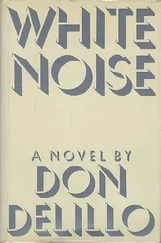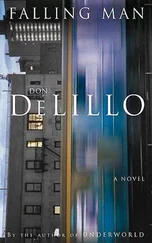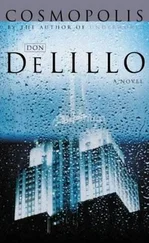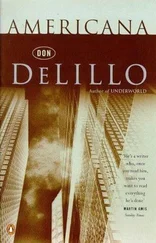If this were a man, I thought, would I stop and watch?
I had to keep watching. Others glanced, two kids took pictures, a man wearing an apron hurried past, street pace quickened by the threat of weather.
I approached, careful not to get too close.
I said, “I wonder if I might ask a question.”
No response, face the same, arms stiff, regimental.
I said, “Up to now, I haven’t tried to guess what your purpose is, your cause. And if there was a poster, I can’t help thinking it might convey a message of protest.”
I took a step back, for effect, although she could not see me. I don’t think I expected a response. The idea that she might open her eyes and look at me. The possibility of a few words. Then I realized that I’d started by saying I would ask a question and I hadn’t done this.
I said, “And the boy in the white shirt and blue tie. Last time, downtown somewhere, there was a boy with you. Where is the boy?”
We remained in place. People maneuvering for position, traditional taxi panic, and it wasn’t even raining yet. A sign in Mandarin, Cantonese, a few words in Hindi. I needed a specific challenge to help me counteract the random nature of the encounter. A woman. Did it have to be a woman? Would anyone pause to look if a man stood here in an identical posture? I tried to imagine a man with a sign in Phoenician, circa one thousand B.C. Why was I doing this to myself? Because the mind keeps working, uncontrollably. I moved closer again and faced her directly, mainly to discourage those who wanted to take her picture. The man wearing an apron came back this way, pushing a series of interlocked shopping carts, four carts, empty. The woman with eyes ever closed, she fixed things in place, stopped traffic for me, allowed me to see clearly what was here.
Had I made a mistake, talking to her? It was intrusive and stupid. I’d betrayed something in my register of cautious behavior and I’d violated the woman’s will toward a decisive silence.
I stood there for twenty minutes, waiting to see how she would react to the rain. I wanted to stay longer, would have stayed longer, felt guilty about leaving, but the rain did not come and I had to set out for my next appointment.
Didn’t Artis tell me once that she spoke Mandarin?
• • •
We found a nearly empty restaurant not far from the gallery. Stak ordered broccoli, nothing with it. Good for the bones, he said. He had a long face and stand-up hair and wore a jogging suit that zippered up the back.
Emma told him to finish the story he’d started telling us in the taxi.
“Okay so I began to wonder where Oaxaca is. I guessed it’s in Uruguay or Paraguay, mainly Paraguay, even though I was ninety percent sure it’s in Mexico because of the Toltecs and the Aztecs.”
“What’s the point?”
“I used to need to know things at once. Now I think about them. Oaxaca. What do you have? You have o a and then x a and then c a . Wa há ca. I denied myself knowledge about the population of Oaxaca or the ethnic breakdown or even for sure what language they speak, which could be Spanish or some Indian language mixed with Spanish. And I situated the place somewhere where it doesn’t belong.”
I’d told Emma about the art gallery and the lone object on display and she told Stak and he agreed to take a look. An accomplishment in itself.
It was clear that I was the go-between, recruited to ease the tension between them, and I found myself headed directly into the sensitive subject itself.
“You’re done with school.”
“We’re done with each other. We don’t need each other. Day to day is one more wasted day.”
“Maybe I know the feeling, or remember it. Teachers, subjects, fellow students.”
“Meaningless.”
“Meaningless,” I said. “But other kinds of school, less formal, with independent research, time to explore a subject thoroughly. I know you’ve been through all this.”
“I’ve been through all this. It’s all a bunch of faces. I ignore faces.”
“How do you do that?”
“We learn to see the differences among the ten million faces that pass through our visual field every year. Right? I unlearned this a long time ago, in childhood, in my orphanage, in self-defense. Let the faces pass through the vision box and out the back of your head. See them all like one big blurry thing.”
“With a few exceptions.”
“Very few,” he said.
There was nothing he cared to add.
I looked at him intently and said in the most deliberate voice I could manage, “ ‘Rocks are, but they do not exist.’ ”
After a pause I said, “I came across this statement when I was in college and forgot it until very recently. ‘Man alone exists. Rocks are, but they do not exist. Trees are, but they do not exist. Horses are, but they do not exist.’ ”
He was listening, head bent, eyes narrowed. His shoulders squirmed a little, fitting themselves to the idea. Rocks are . We were here to see a rock. The object on exhibit was officially designated an interior rock sculpture. It was a large rock, one rock. I told Stak that this is what raised the statement from the far corners of my undergraduate mind.
“ ‘God is, but he does not exist.’ ”
What I did not tell him was that these ideas belong to Martin Heidegger. I hadn’t known until fairly recently that this was a philosopher who’d maintained a firm fellowship with Nazi principles and ideologies. History everywhere, in black notebooks, and even the most innocent words, tree, horse, rock , gone dark in the process. Stak had his own twisted history to think about, mass starvation of his forebears. Let him imagine an uncorrupted rock.
The show had been installed a couple of decades earlier, still running, ever running, same rock, and I’d visited three times in recent years, always the lone witness except for the attendant, the guardian, a late-middle-aged woman seated at the far end of the gallery wearing a black Navajo hat with a feather in the band.
Stak said, “I used to throw rocks at fences. There was nowhere else to throw a rock except at people and I had to stop doing people or they’d put me in detention and feed me fertilizer twice a day.”
A buoyancy in his voice, the self-approbation of a fourteen-year-old, and who could blame him. We were getting along pretty well, he and I. Maybe it was the broccoli. His mother sat next to him, saying nothing, looking at nothing, listening to us, yes, warily, not knowing what it was that the boy might say next.
I insisted on paying for lunch and Emma yielded, accepting my role as troop leader. The gallery occupied the entire third floor of an old loft building. We trekked up the stairs single-file and there was something about the cramped passage, the weak lighting, the stairs themselves and the walls themselves that made me think we’d been transformed into black-and-white, drained of skin pigment and the color values of our clothing.
The room was long and wide with plank floorboards and chipped and dented walls. The old bicycle belonging to the attendant was propped against the far wall next to her folding chair, no sign of the woman herself. But here was the rock itself, braced on a solid metal slab about three inches high. There were strips of white tape on the floor that marked visitor limits. Get close but don’t touch. Emma and I paused, half a room away, setting the rock in noble perspective. Stak wasted no time, striding directly to the object, which was taller than he was, and finding everything he needed to look at, all the irregularities of surface, the projections and indentations that belong to a rock, a boulder in this case, general shape somewhat rounded, maybe six feet across at its broadest point.
Читать дальше
